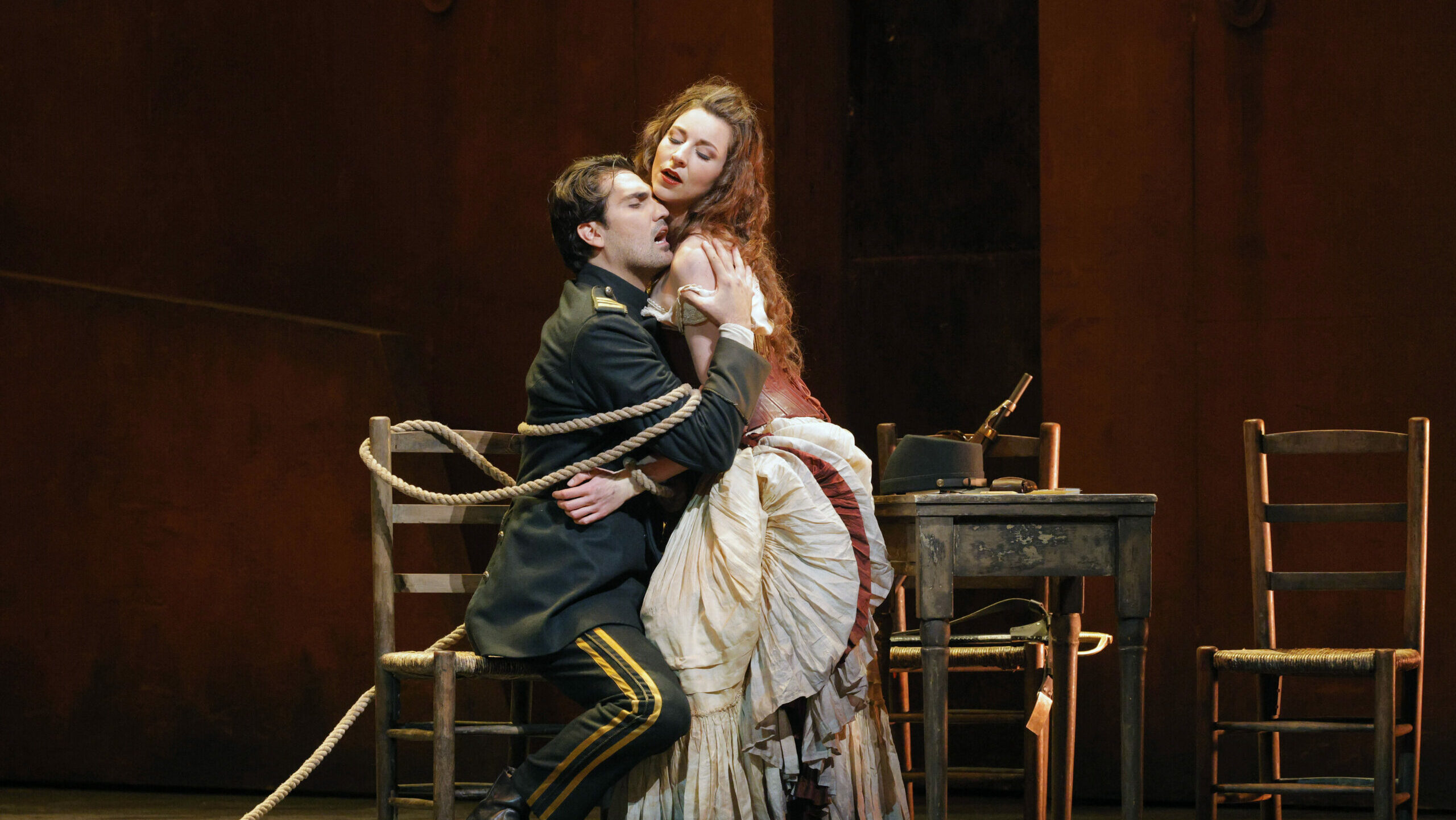
A profound meditation on longing, love, and death, Wagner’s work hasn’t been seen on stage since 2006 – when the then Music Director Donald Runnicles conducted David Hockney’s production – and Bay Area audiences delightfully welcomed its return in such a stupendous form on Saturday. (A concert version of the opera was presented next door at Herbst Theatre in 2018 to mark the inaugural performance of The Claude Heater Foundation.)
Rooted in medieval legend through Gottfried von Strassburg’s adaptation, Tristan und Isolde tells a story of the power of love that transcends all, even death. Long considered a significant landmark that laid the foundation for classical music in the 20th century, it calls for the massive orchestra and vocal soloists to sustain the sensual yearnings expressed in the work to the ecstatic extremes to which they are stretched during the opera’s four hours and 45 minutes. Wagner himself referred to the work not as an opera but as “eine Handlung” (literally “a drama”), emphasizing the dramatic aspects of the story and calling for a group of interpreters with significant acting abilities, which SF Opera offered as an embarrassment of riches.
This performance marked a glorious return of rarely seen (on US stages) German soprano Anja Kampe since her debut in 2011 as Sieglinde. Isolde – one of Opera’s most revered soprano roles – has become Kampe’s calling card ever since she debuted the role at Glyndebourne in 2009 (and recorded). Kampe performed it in Vienna, Berlin, Munich, and Buenos Aires before, and the performance from Berlin in 2019 under the baton of Daniel Barenboim has also been released as a video.
Her Isolde displayed one of the most complete characterizations of the role I’ve seen onstage (this was my sixth production), literally a model of how the role should look. While more on the lyrical side, Kampe’s bright sound had enough power and bite during the climaxes to stay on top of the orchestra, fully supported by SF Opera Music Director Eun Sun Kim. Coupled with eloquent phrasing and highly nuanced colors, her reading represented intelligence and sensitivity, making every single one of Wagner’s verses come alive.
Her acting was on a completely different level. A fully consummate stage animal, Kampe embodied the role with her heart and soul down to every little gesture and glance. One could understand the texts by looking at her facial expressions and movements, so much so that I was glued to my binoculars most of the time. The prime example of this was the long soliloquy in Act I, “Wie lachend sie,” where Isolde – as a culmination of her scorn and rage toward Tristan for taking her to King Marke – narrated the story of how she encountered a mortally wounded warrior Tantris, restored him to life, found out that he was Tristan (who killed her fiancé), and yet she was unable to slay him as “he gazed into my eyes” (“er sah mir in die Augen”). Here, Kampe demonstrated a masterclass of storytelling with ever-changing colors in her voice and in her delicate body language, pulling all attention to her during the moment and making time stand still in the hall. Similarly, the “Mild und leise” – literally the final resolution of the whole opera – was not performed in a showy way but as a pure expression of a delirious woman who lost everything she loved and was ready to join her lover in the afterlife, suggesting less of a trance and more of a resignation.
Kampe more than met her match in Kiwi heldentenor Simon O’Neill, who returned as Tristan after his powerful performance in the titular role of last year’s Lohengrin. Sounding stoic and heroic throughout, his bright, sonorous voice – while occasionally still demonstrating a touch of reediness – gloriously depicted a tortured, even wounded, soul torn between his love for Isolde and his duty to his uncle, King Marke. His phrasing for the exceptionally treacherous soliloquy in Act III, “Dünkt dich das?” was particularly noteworthy; at first, it might have sounded a bit choppy. (After all, here was a hero in his death bed, and he was sitting sideways almost throughout.) Still, by emphasizing each word, he retained exceptional clarity in his reading and superbly consistent stamina to power through the whole scene without any drop in the output … an almost superhuman showing of a dying man sustained only by the power of love!
O’Neill, too, was an accomplished actor. He rounded out his take on Tristan with a strong, silent type persona, particularly in the first act. Nevertheless, the most remarkable display of his considerable acting chops was not during his singing but during King Marke’s “Mir dies? Dies, Tristan, mir?” solo in Act II, where King Marke heartbrokenly discovered Tristan’s tryst with Isolde. Set by director Paul Curran as a judgment circle with all the principals surrounding Tristan, O’Neill superbly contorted himself in an act of guilt and hopelessness, a man who knew that there was no escaping from this hell he created except for death, and it was truly mesmerizing to watch.
O’Neill and Kampe established a great rapport, totally believable as a pair of (star-crossed) lovers. This was evident both in the confrontation scene “Begehrt, Herrin” in Act I and its subsequent scene after they both drank the love potion and particularly in the extended love duet “Isolde! Geliebte!” in Act II. They clearly played off each other’s strengths, as there were no movements forced or unnatural … they moved with fleeting grace, almost naivety, as two lovers who couldn’t spend another moment apart and knew that their time together was limited, thus making complete sense of the Night portions of the text, “In deiner Hand.” All of this paid off as the final part of the long duet, “O sink hernieder,” dreamily accompanied by Music Director Eun Sun Kim and the orchestra, which felt incredibly bittersweet!
Kim, whose contract was extended just two days before, conducted Tristan und Isolde for the first time for these performances. She completed the triumvirate of pillars to bring this performance to such an exhilarating level. Tension is the name of the game for any performance of Tristan und Isolde. While there were specific points where I felt it lacked tension (the Prelude and parts of Act III), in general, she acquitted herself admirably in building the structure of the opera and maintaining it throughout. She meticulously paced each scene and beautifully shaped the peaks, coaxing a glorious sound from the SF Opera Orchestra. More importantly, she completely supported the singers on stage, ensuring each and every one was fully heard, even during the loudest parts, recalling her approach to getting the best of the singers on her stage in the recently released documentary Eun Sun Kim: A Journey to Lohengrin. This was especially important for Tristan und Isolde, as I have heard other conductors who got too caught up in the orchestral-making and drowned their singers.
San Francisco Opera continued their recent string of hiring incredible artists that were making their US and house debuts with German mezzo-soprano Annika Schlicht. (This is her US staged debut as she appeared as the soloist for Gustav Mahler’s Das Lied von der Erde at Santa Fe Chamber Music Festival last August.) An ensemble member of Deutsche Oper Berlin who has sung various Wagner roles there, her Brangäne moved with poise and determination, making the role something closer to Isolde’s sister than her maid. Schlicht’s gorgeous voice, with a velvety middle register and assured top, further established that authoritative perception, particularly when Brangäne warned Isolde about Melot (“Der deiner hart”). In this staging, Brangäne was placed far back for the repeated warnings “Habet acht!” that interrupted the love duet in Act II, but Schlicht’s ringing voice impressively could be heard across the hall!
Two celebrated Wagnerian interpreters rounded out the principals: Korean bass Kwangchul Youn as King Marke and Austrian baritone Wolfgang Koch making his house debut as Kuwernal. Youn sounded appropriately regal, and his extended solo in Act II was filled with pathos and tenderness, befitting the fact that the participants in the love triangle cared for and loved each other. Koch’s take on Kuwernal was particularly noteworthy. With his deep gravel voice and, specifically, his mannerisms, Koch projected a much older Kuwernal than usual, more like a father figure to Tristan – or Alfred to the Batman – even if Koch is just five years older than O’Neill. First-year Adler Fellow Thomas Kinch was definitive as Melot with his booming voice and imposing stature. (He will perform a single-performance Don José in Carmen on November 26th.) Christopher Oglesby and another first-year Adler Fellow, Samuel Kidd, rounded out the cast, performing A Shepherd/A Sailor and A Steersman, respectively.
Curran’s staging originated from Teatro La Venice, where it was premiered in 2012 under the conductor Myung-Whun Chung, although some enhancements had been made for these performances. It was decidedly low-key and unassuming, particularly in Robert Innes Hopkins’s static set pieces of two large panels with crisscrossed patterns. In the first act, they were used to depict the inner wall of a ship. They were rotated in Act II, and the smooth side of those panels became Marke’s castle. They were then rotated once again and suspended incongruently to describe the decaying Tristan’s castle in Brittany. A crate was placed in the middle of Act I, probably to represent the state of Tristan’s mind, while a beautiful silver tree marked the rendezvous setting of the love duet. The sets’ simplicity effectively brought the spotlight squarely on the performers and their interactions on the stage. It was a pity, however, that Hopkins didn’t feel the need to vary the costumes, as most of the characters retained the same clothes throughout, with the guys in navy blue and white colors, Isolde in green, and Brangäne in red/brown.
Special mention had to be placed for David Martin Jacques’s lighting. In an opera full of “Day” and “Night” metaphors, his usage of lights and shadows, often through the “window” holes on the panels, was truly masterly and well thought out. The circular, soft green illumination (Isolde’s color) that bathed the center stage where the two lovers gravitated towards each other after drinking the potion was exceptionally impressive (reminiscent of Lars von Trier’s Melancholia, probably?), especially in contrast with the radiant, bright white luminescence for King Marke’s “judgment circle” scene.
Curran’s greatest strength, nevertheless, was in his direction of the movements of each character. By entrusting each singer and being blessed with such a committed bunch, Curran managed to achieve a high degree of naturalism on stage by supporting the texts, enhancing the drama, and pulling the audience into the world of Tristan und Isolde. It is little wonder that on Saturday, the audience showered the whole cast with rousing and lengthy applause at the end, including the production team!
This was a tremendous achievement for the San Francisco Opera, and congratulations are in order to everyone involved. There are only three more showings of this extraordinary performance, and you would be wise not to miss such a divine show! At the very least, catch the livestream on Sunday, October 27th, at 1 pm PDT.
Photos: Cory Weaver
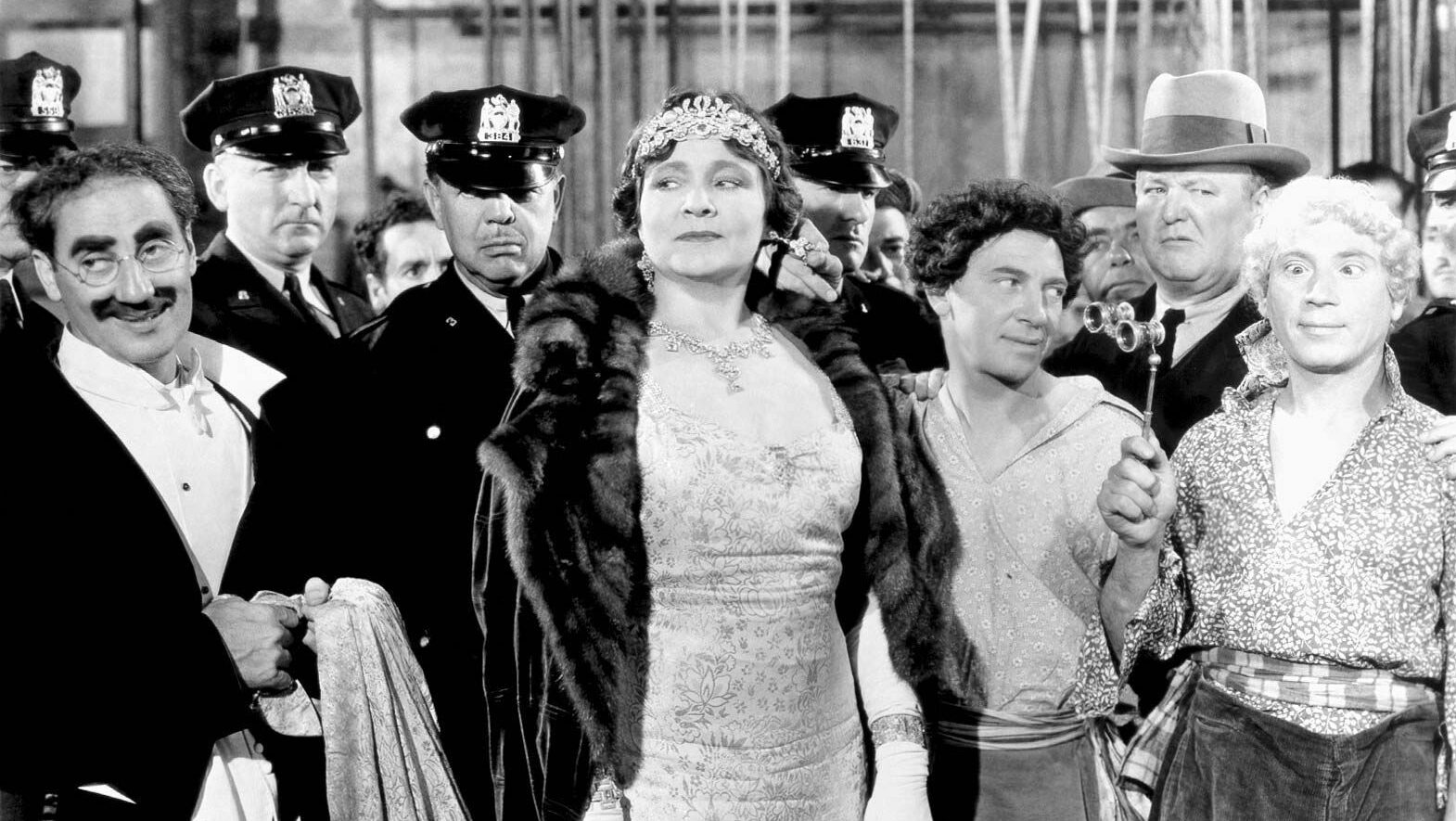
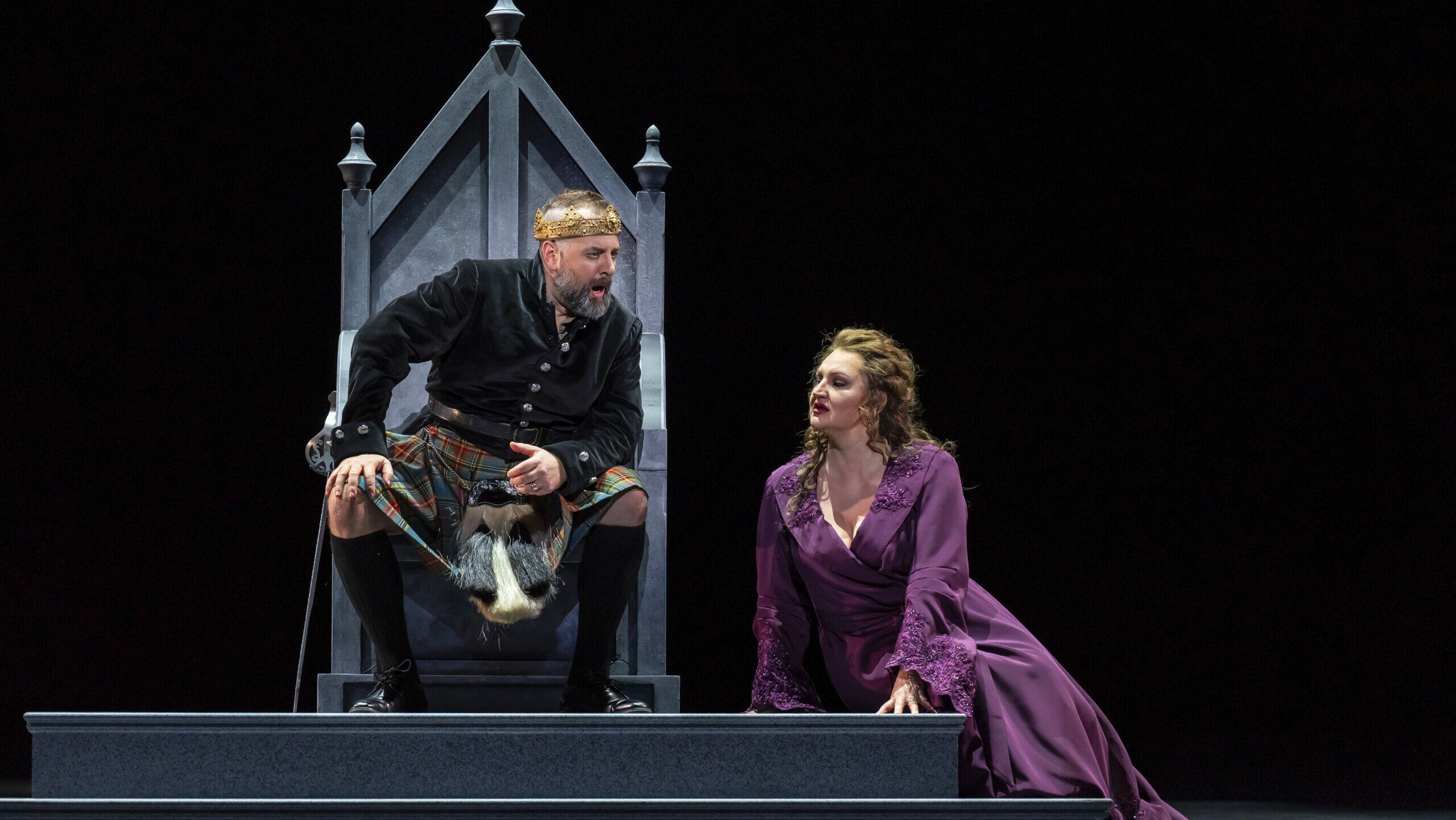
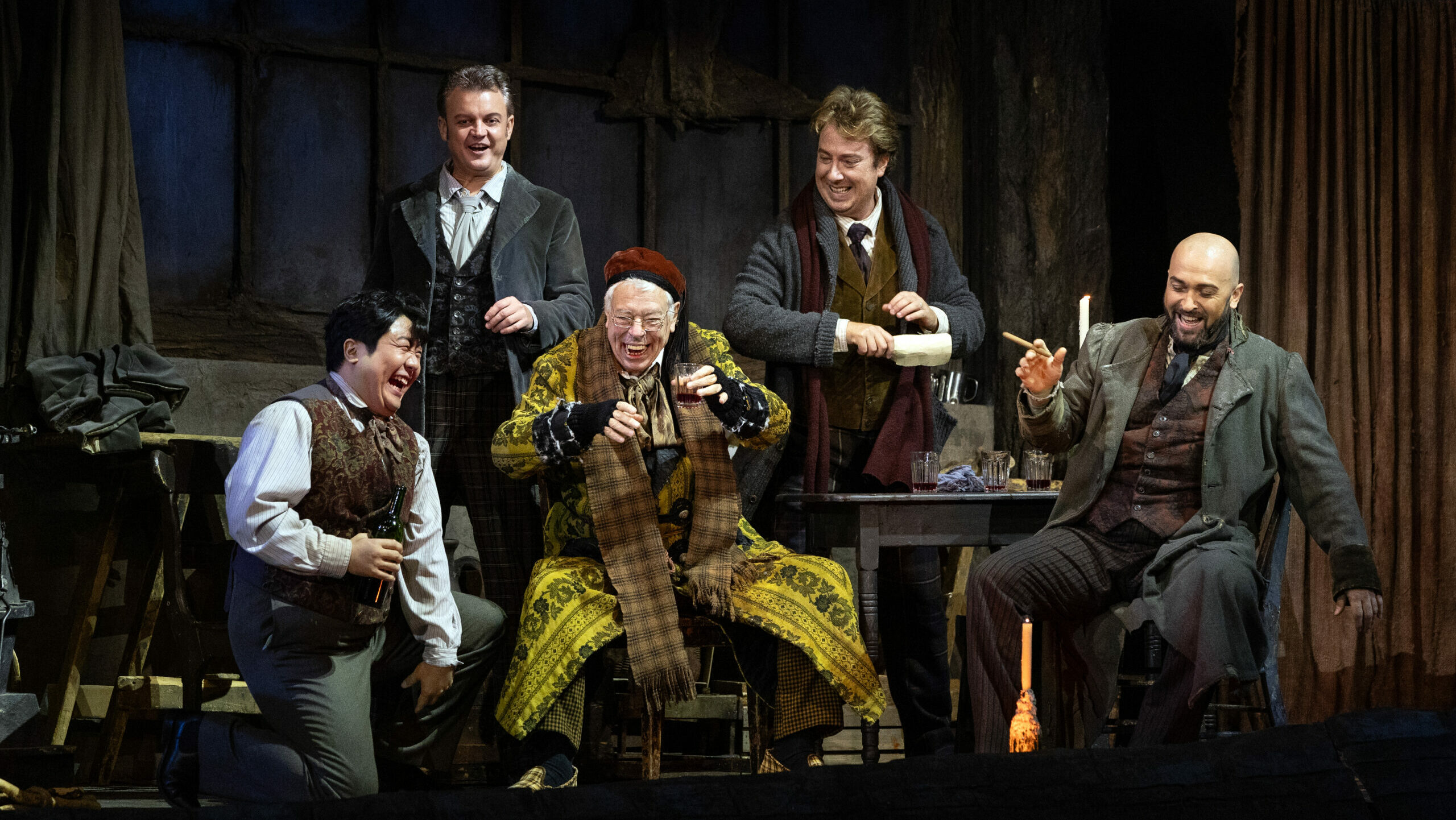
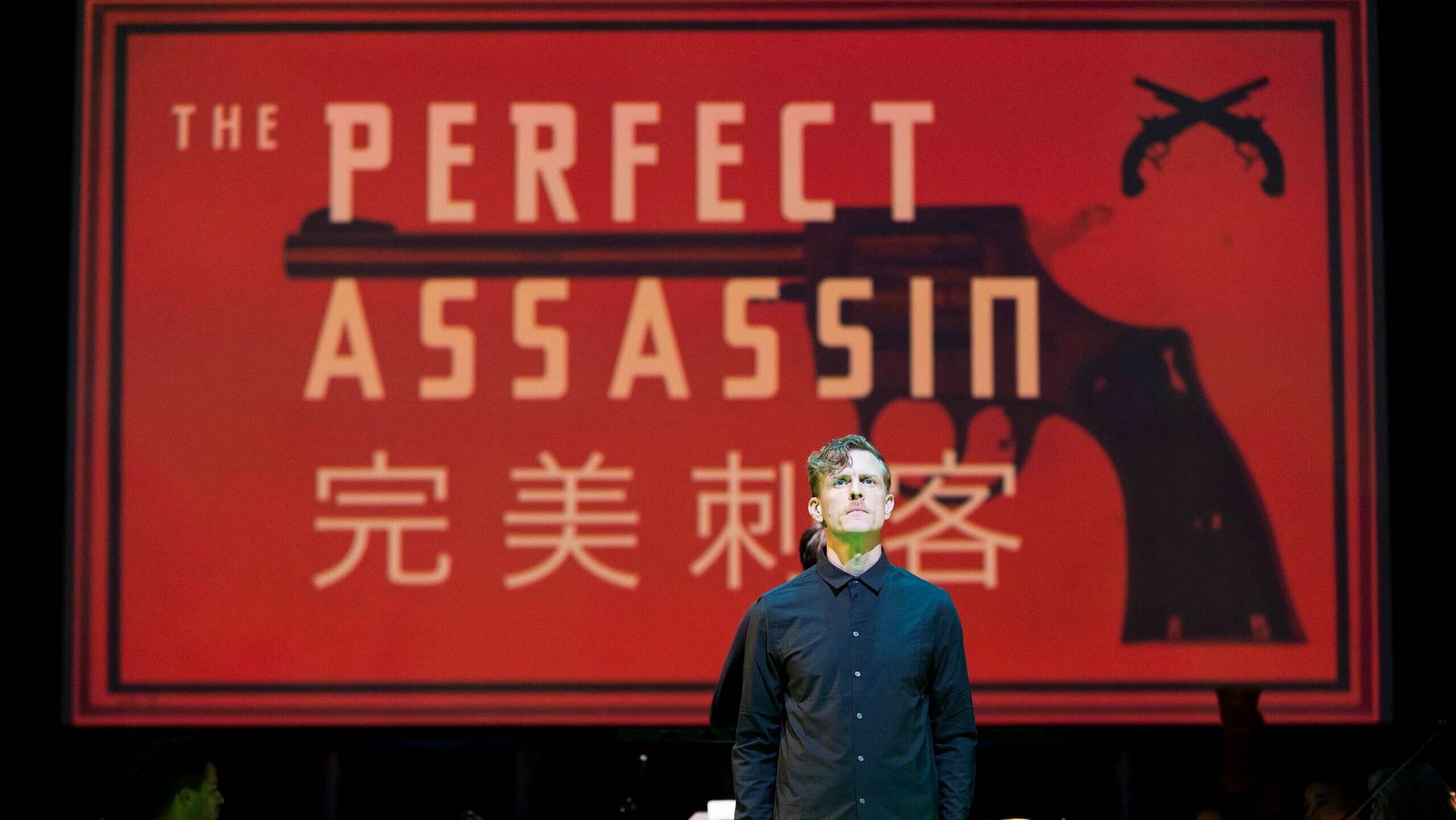
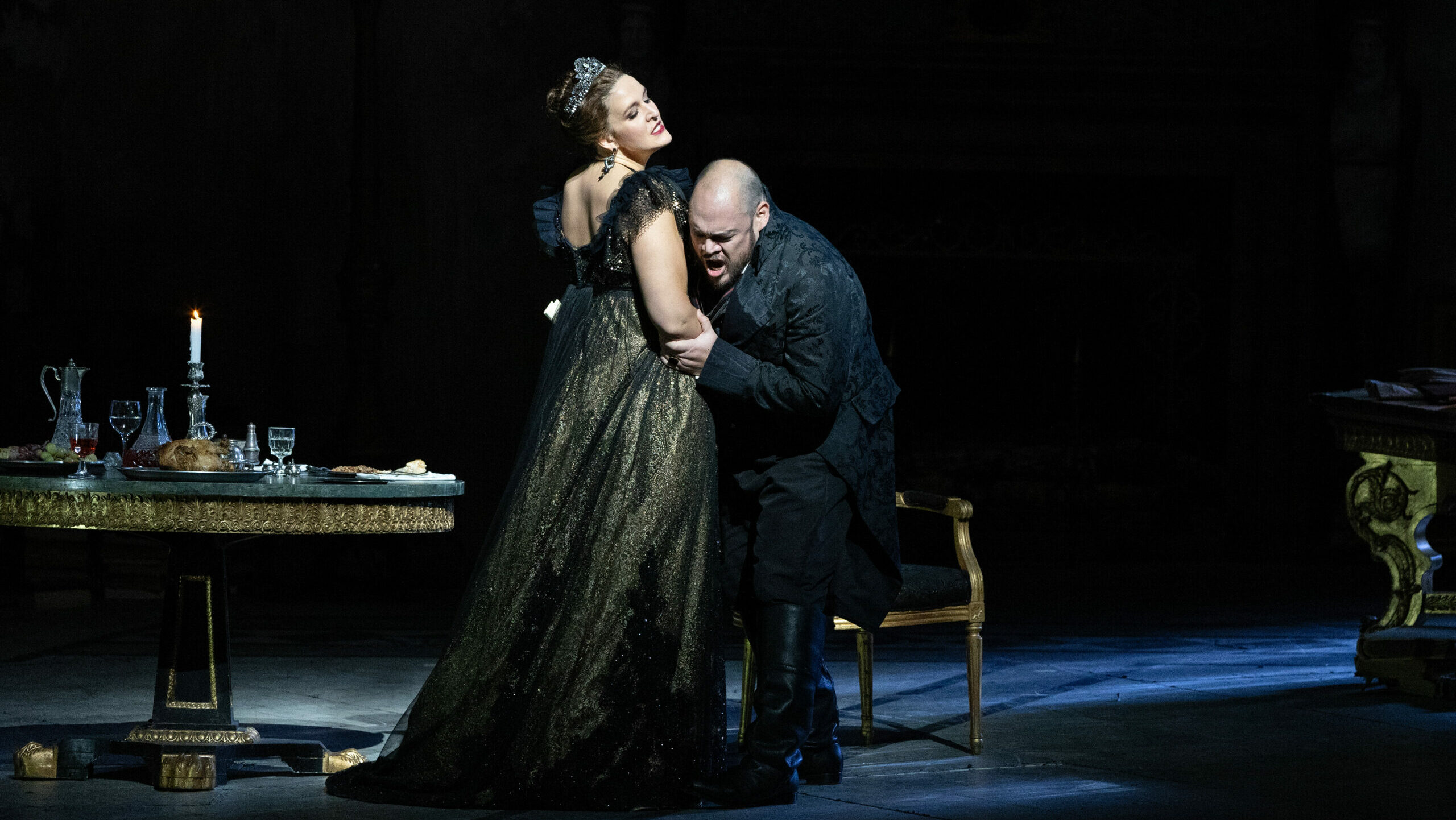
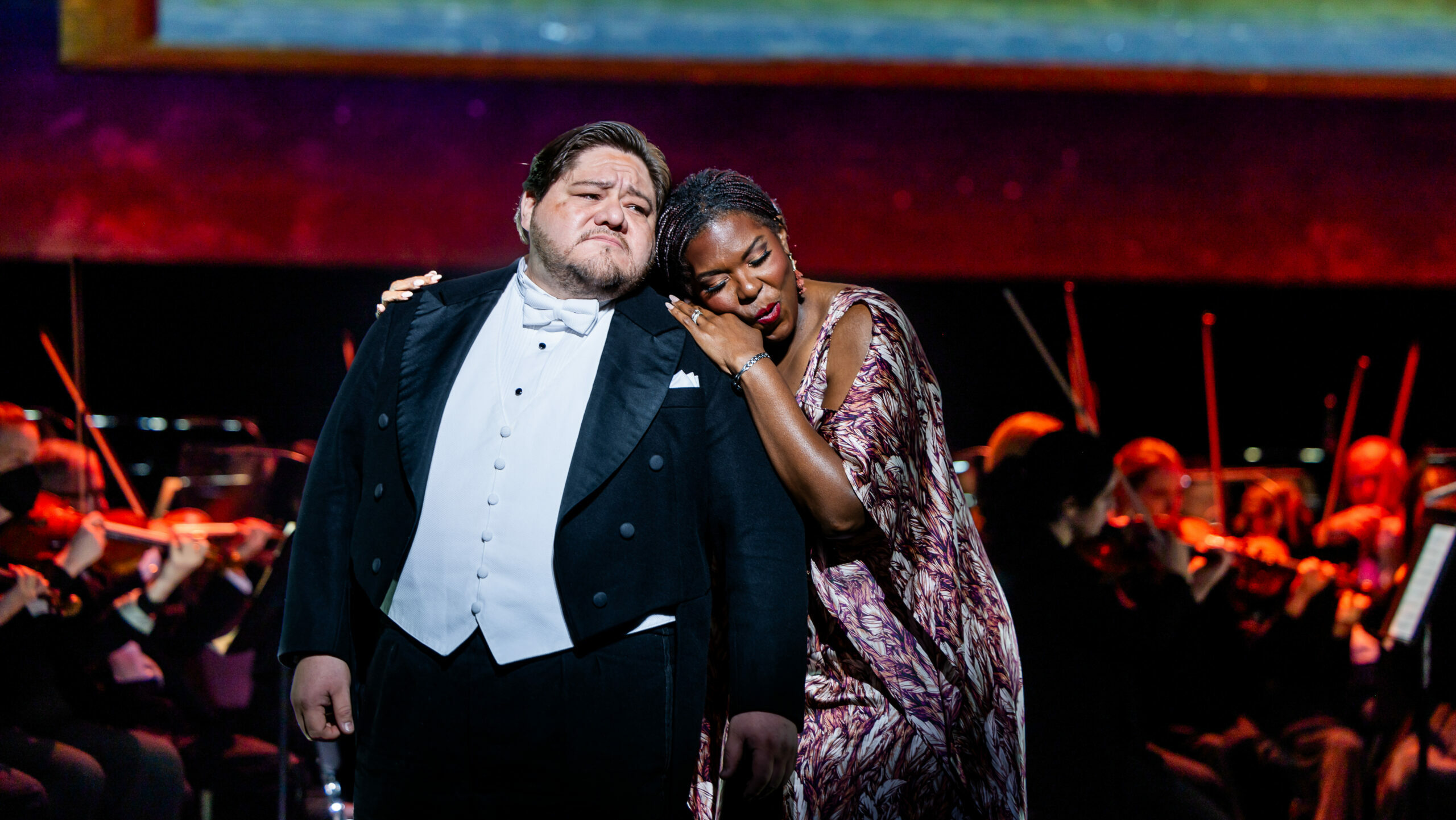

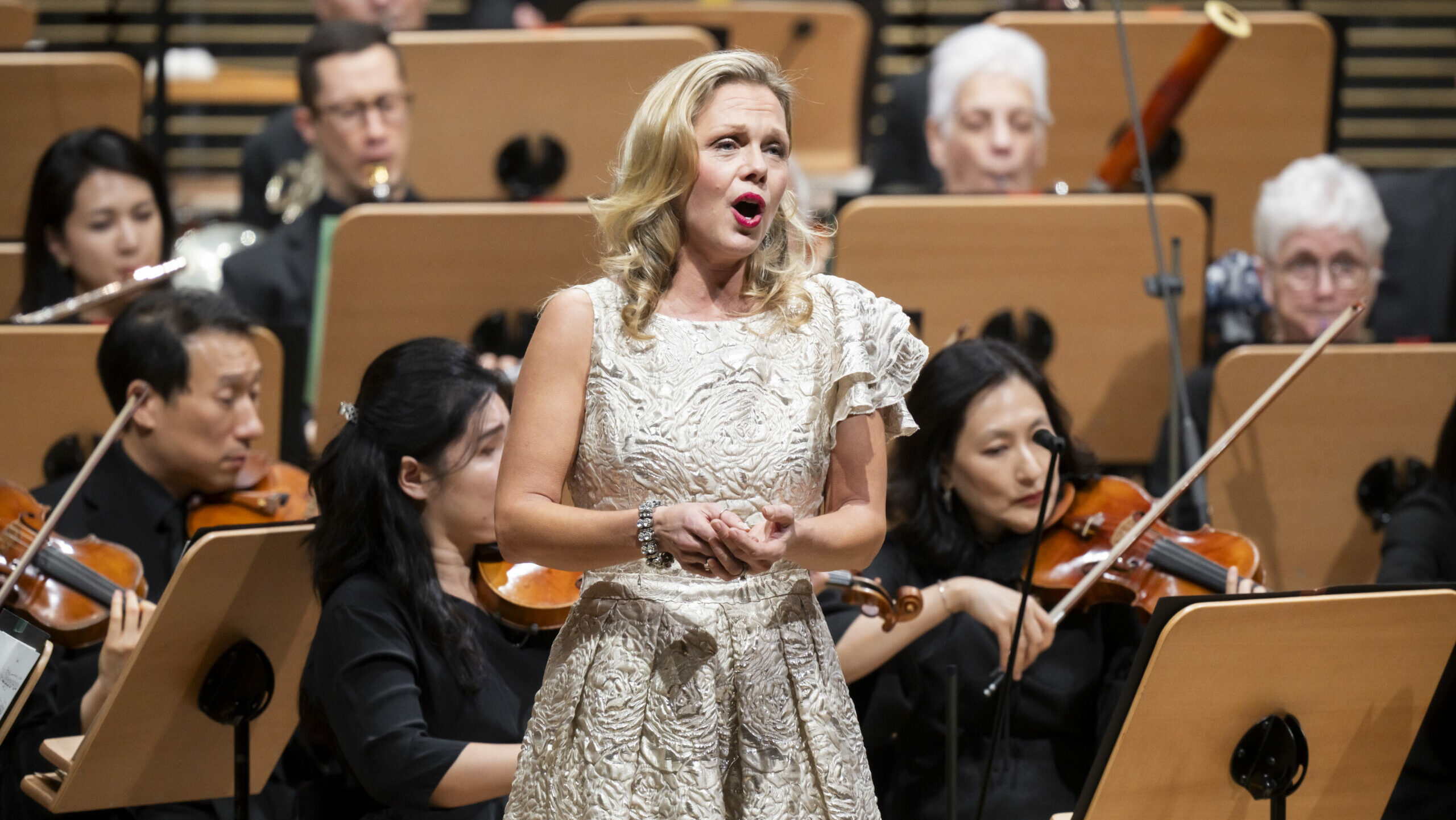
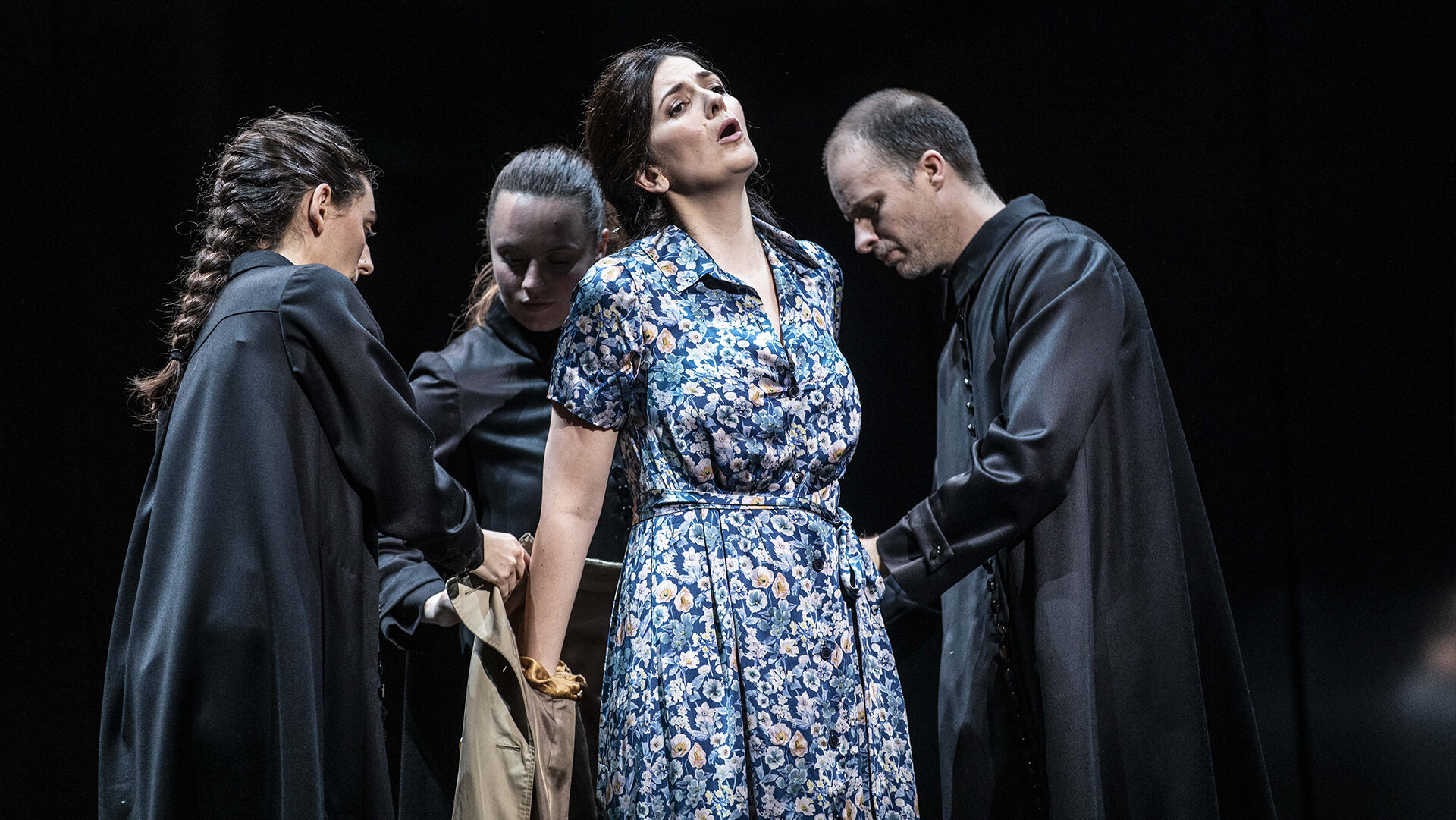
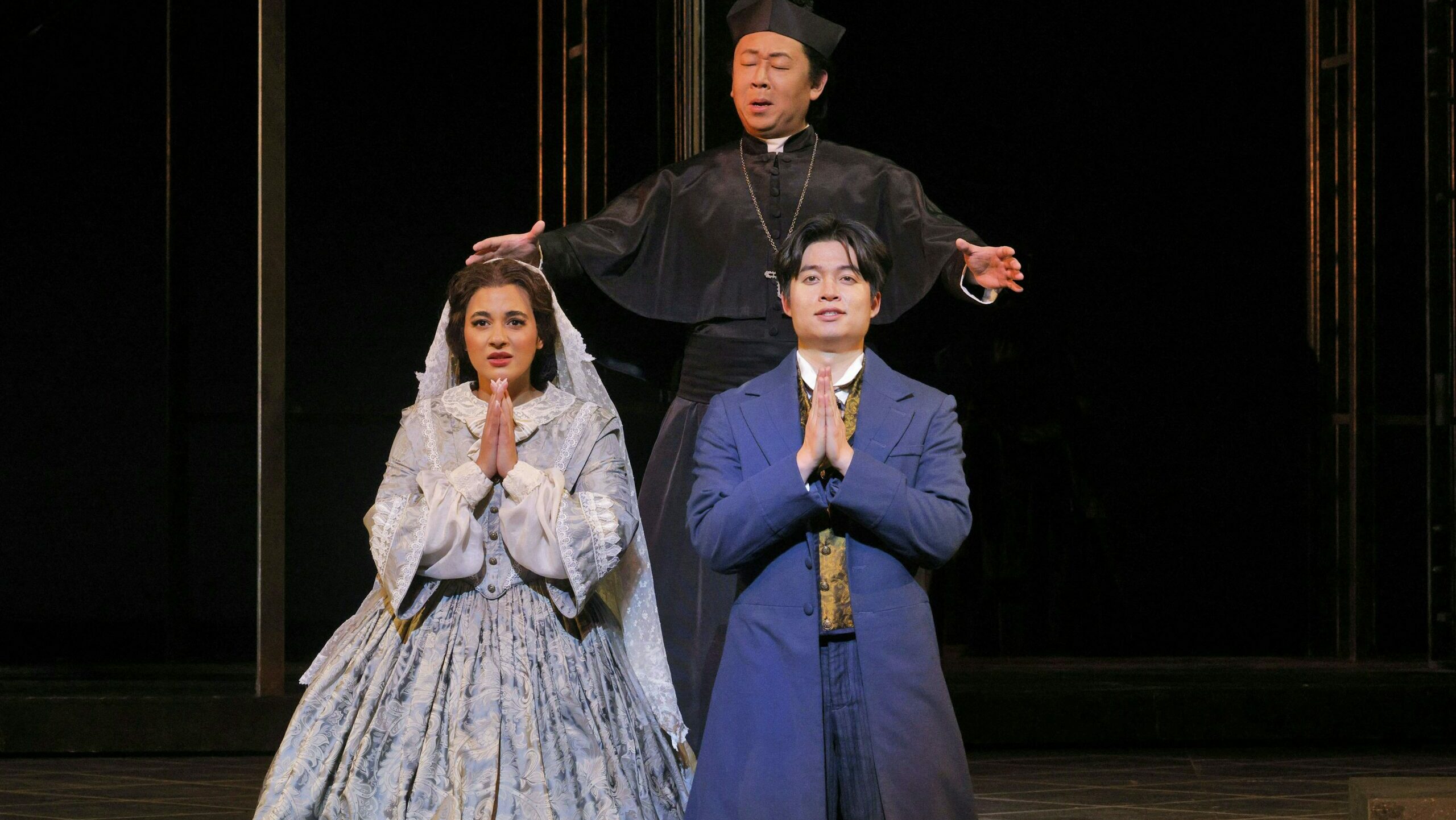
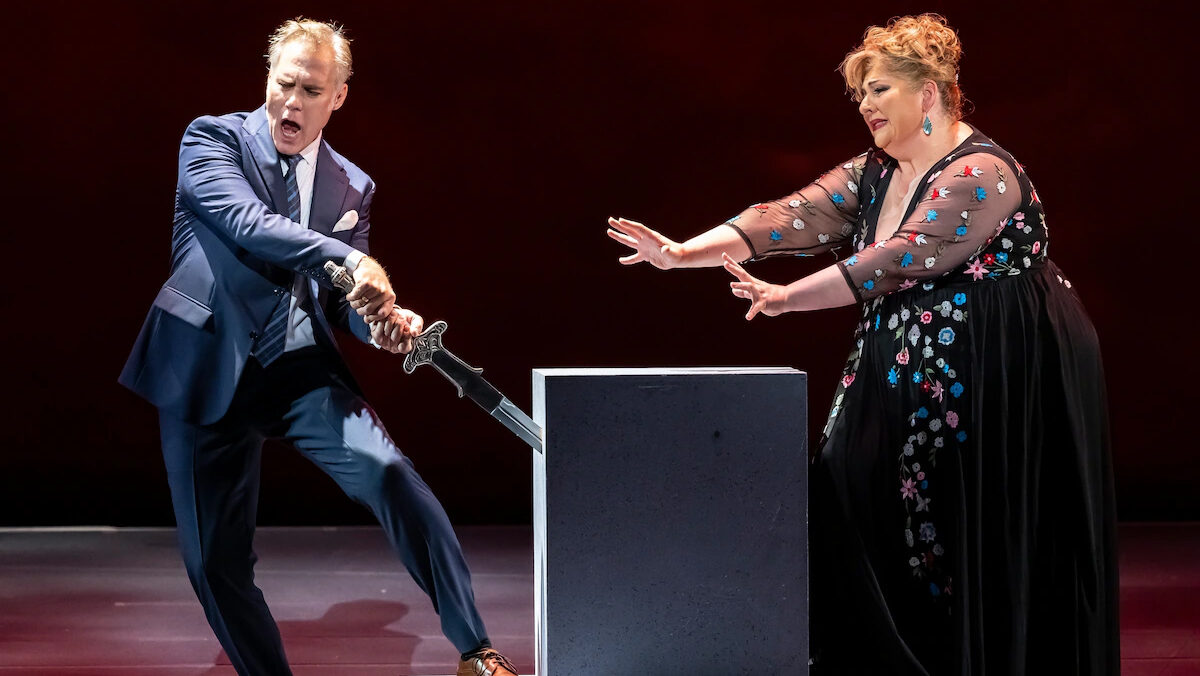
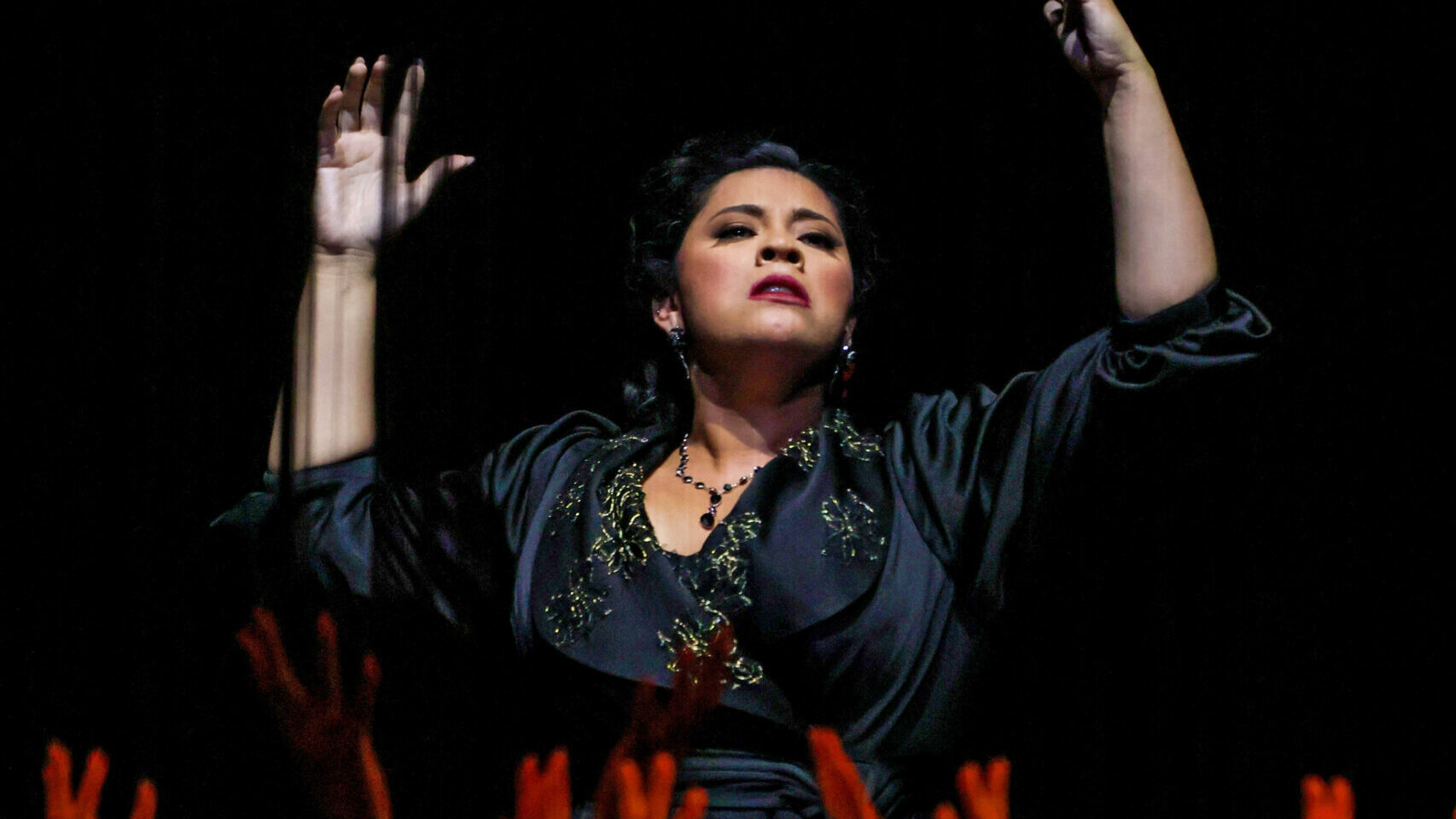
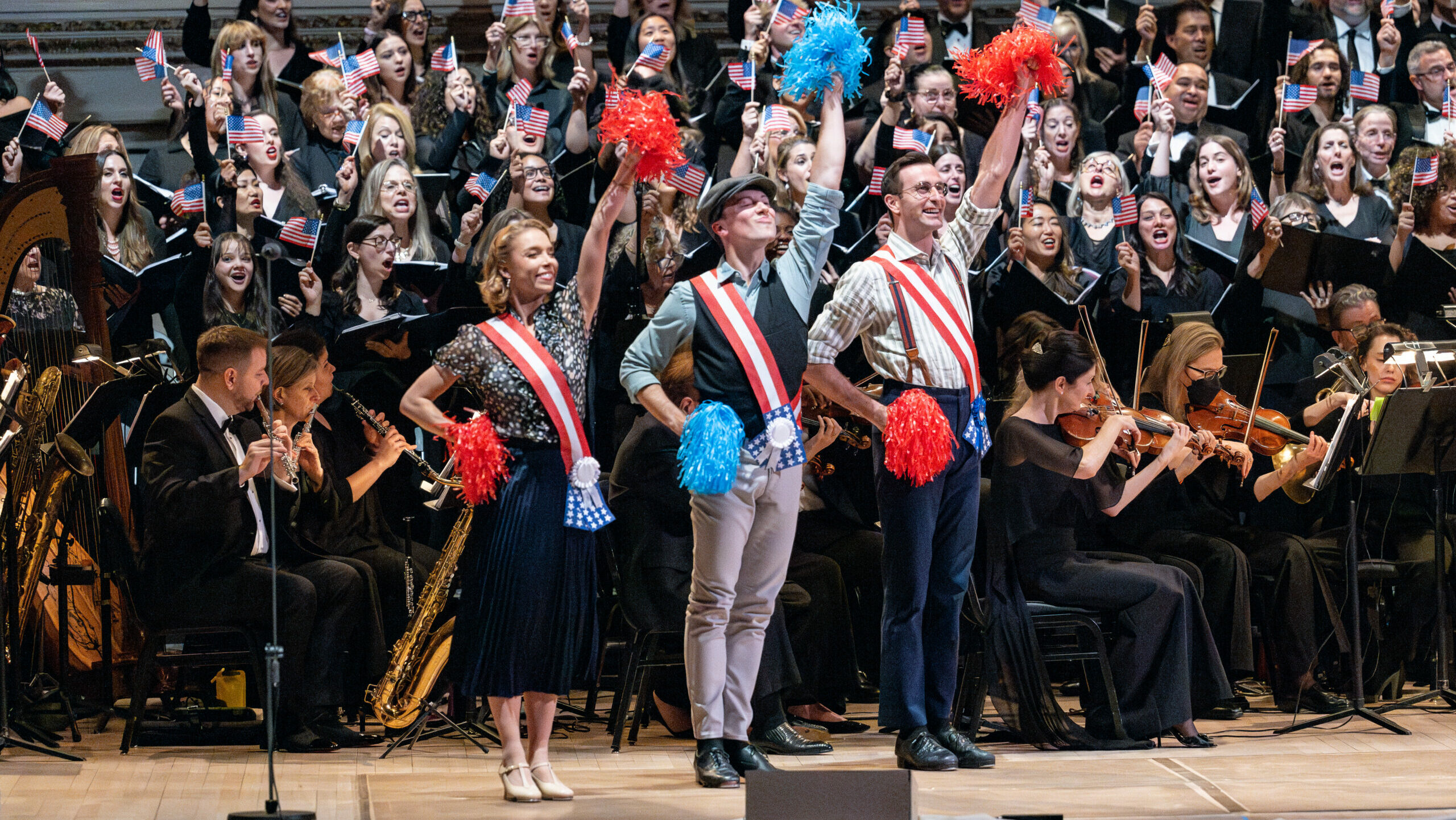
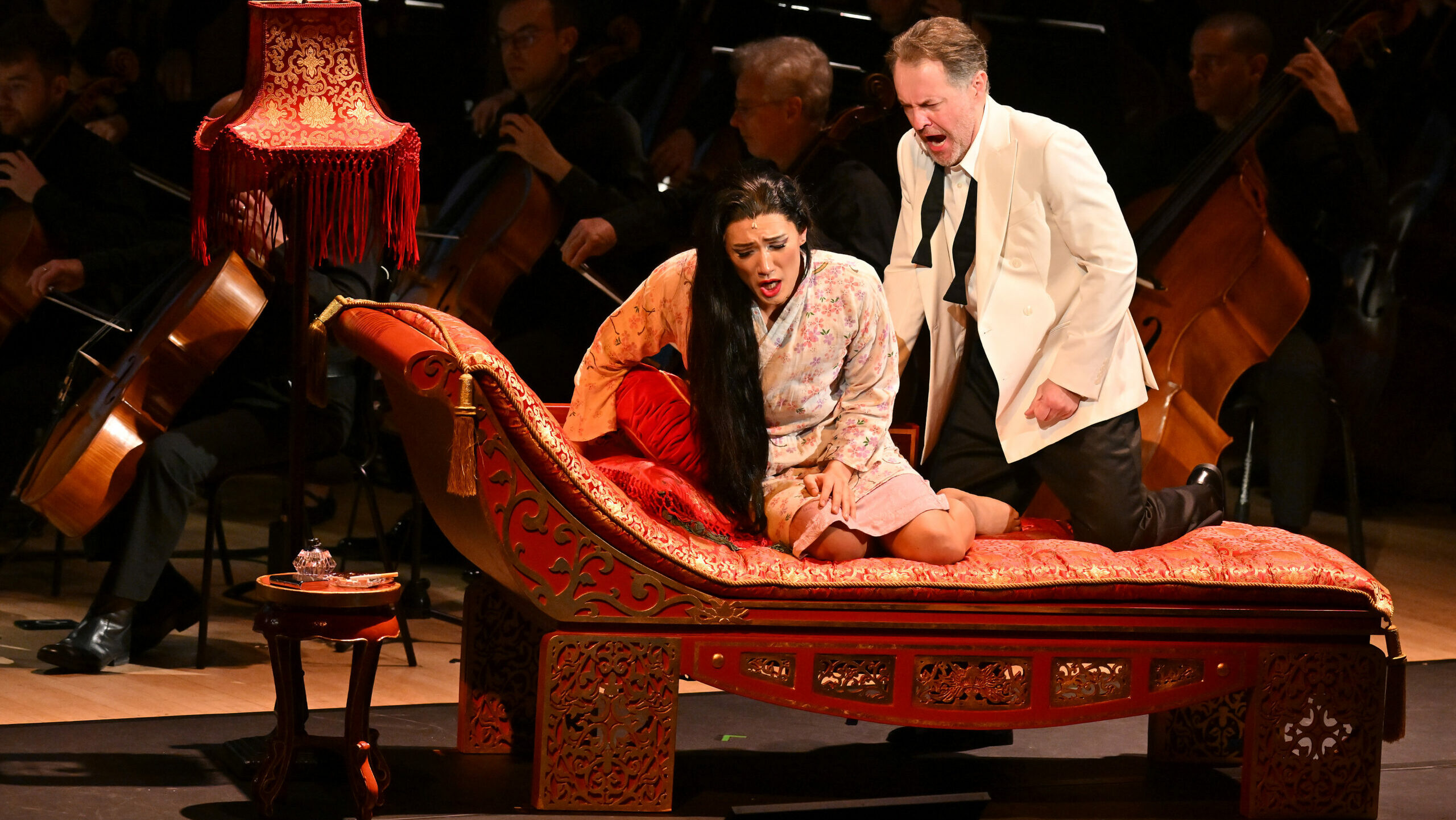
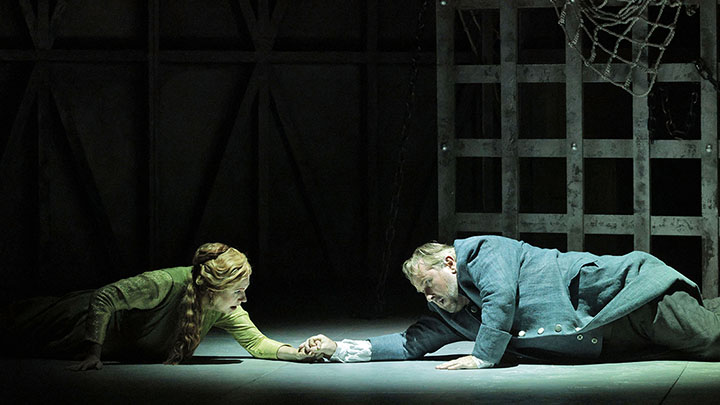
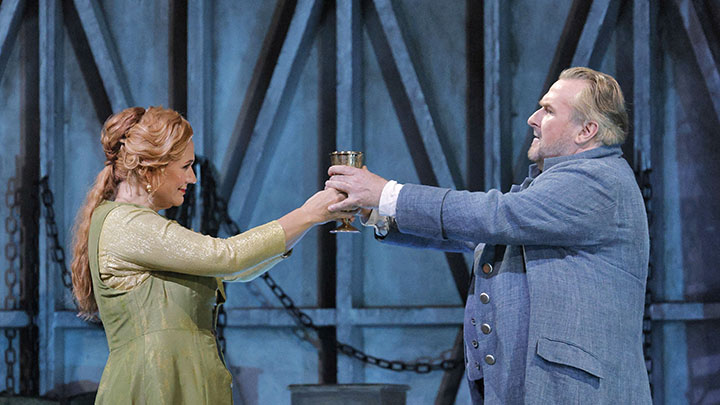
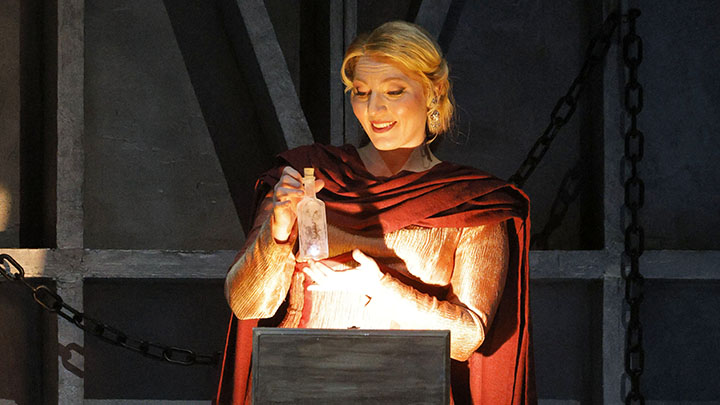
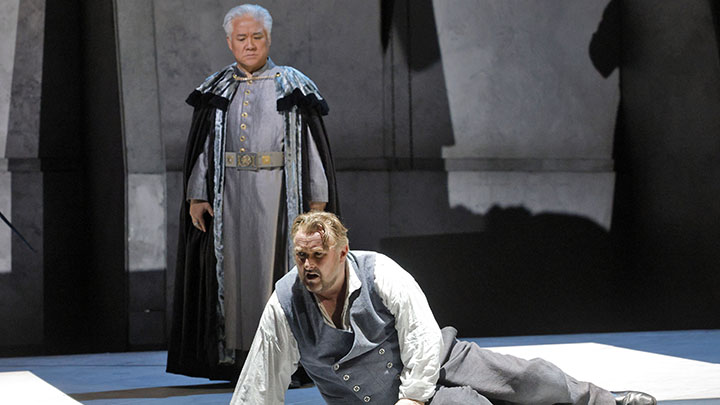


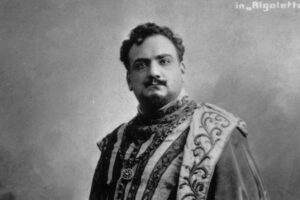
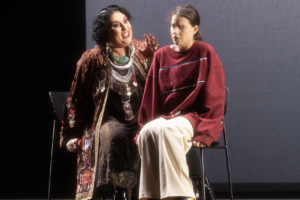
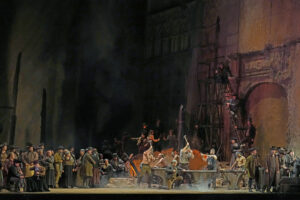

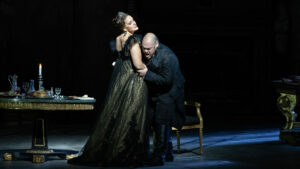
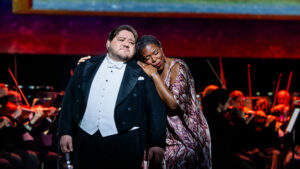




Comments